

As I do each year, I like to reflect on my reading year in a blog post on December 31. For the second year in a row, Goodreads has compiled a handy infographic with reading statistics, but they haven’t yet created a way to embed the infographic on a blog. It’s not exactly a true image file, so it’s not as simple as saving a picture. It’s a whole webpage. While it is possible to embed HTML on a blog, in order to make it look good, it’s a bit of work. Here is a rundown of some of the interesting facts (if you don’t feel like clicking over to Goodreads):
- I read 11,997 pages, according to Goodreads.
- I read 38 books. One book is not counted in this total, so I suppose my actual page count is about 200 pages more than the figure above.
- If I count just the Goodreads total, that’s an average of 324 pages per book.
- It works out to about 33 pages per day. Not too bad.
- My shortest book was The Importance of Being Earnest at 54 pages, and the longest was an audio book re-read of Harry Potter and the Goblet of Fire at 734 pages.
Of the 38 books I read, the stats further break down like so:
- 28 works of fiction
- 10 works of nonfiction
- 3 dramas
- 1 collection of poetry
- 5 audio books
- 6 re-reads
- 1 graphic novel/memoir
- 11 YA/children’s books
My favorites from some of these categories with linked reviews (re-reads not counted):
YA/Children’s
- American Girls by Alison Umminger
- The Rock and the River by Kekla Magoon
- The Crossover by Kwame Alexander
Fiction
- Euphoria by Lily King
- The Things They Carried by Tim O’Brien
- The Underground Railroad by Colson Whitehead
Nonfiction
- Between the World and Me by Ta-Nehisi Coates
- Pure Soapmaking by Anne-Marie Faiola (link to my soap blog)
- The Boys in the Boat by Daniel James Brown
- March: Book Three by John Lewis with Andrew Aydin and Nate Powell
- A Loaded Gun: Emily Dickinson for the 21st Century by Jerome Charyn
I’m not going to pick audio book favorites this year because all but one of them were re-reads, and the one that wasn’t was not one of my favorite books. I had a better nonfiction year this year than I typically do, and my fiction year was not as good as usual, though I did read some outstanding fiction.
My least favorite reads of the year:
- Extremely Loud and Incredibly Close by Jonathan Safran Foer
- Harry Potter and the Cursed Child by J. K. Rowling, John Tiffany, and Jack Thorne
- The Club Dumas by Arturo Pérez-Reverte
Reading Challenges
I did not meet my Goodreads goal of reading 55 books. I had every reason to think I could do it, having read 62 books last year, but this year was much more trying. My grandmother passed away, and it made it very hard for me to read. I was already behind at that point. I stopped worrying about trying to make the goal really early on, so I’m not upset about it or anything. It is what it is. I didn’t have the worst reading year, but it wasn’t the best either. I stuck with some books I wasn’t liking for too long.
I didn’t complete any of my other reading challenges either, sadly. I enjoy reading challenges tremendously, but I don’t have the best track record in the world when it comes to completing them, let alone participating any more than simply reading certain books.
Here is my reading map for the year. I did manage to read some more far-flung locales than I typically do. I am hoping to do even better next year.














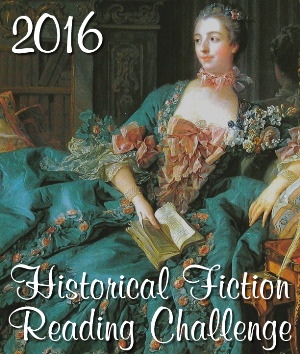


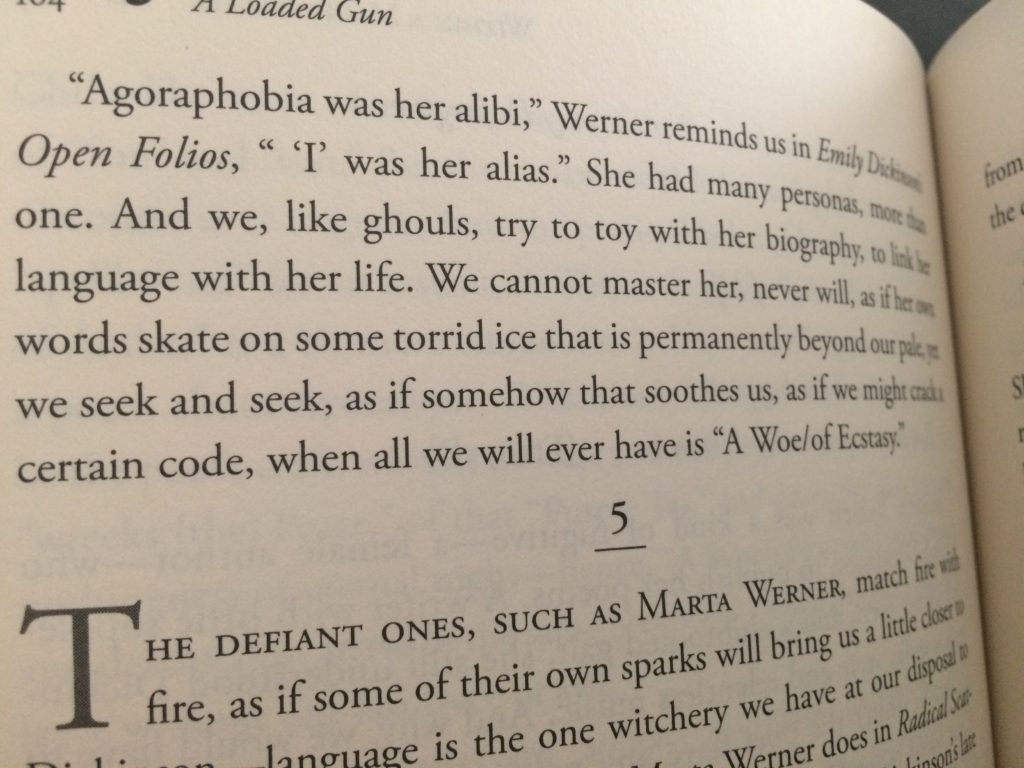
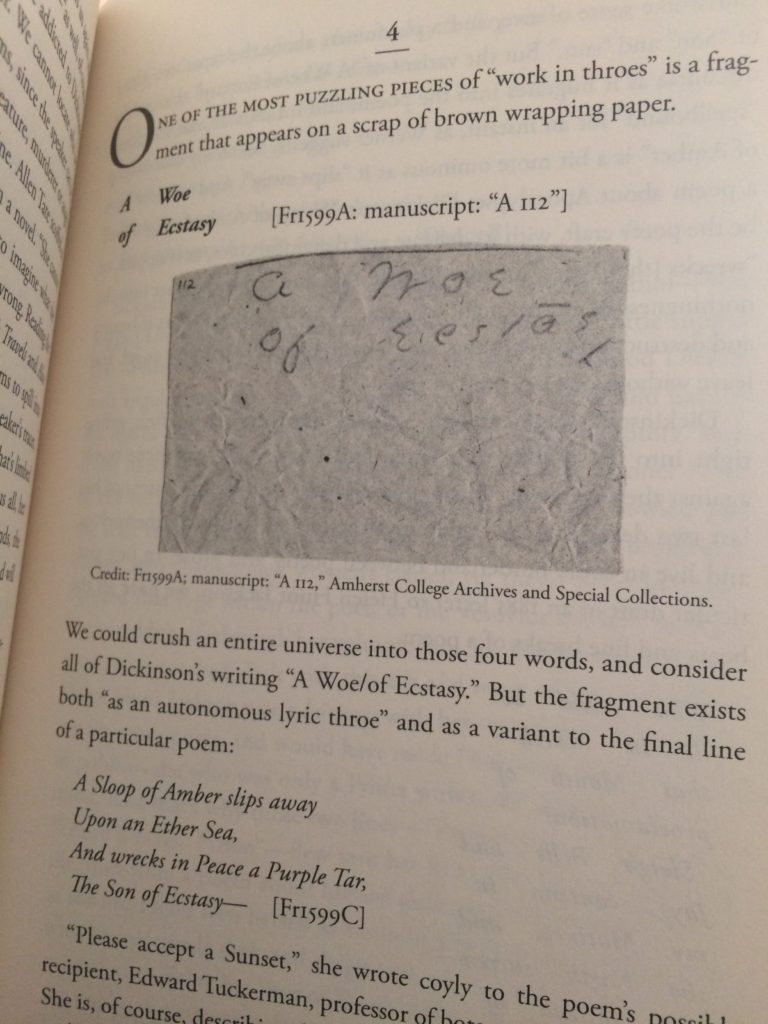
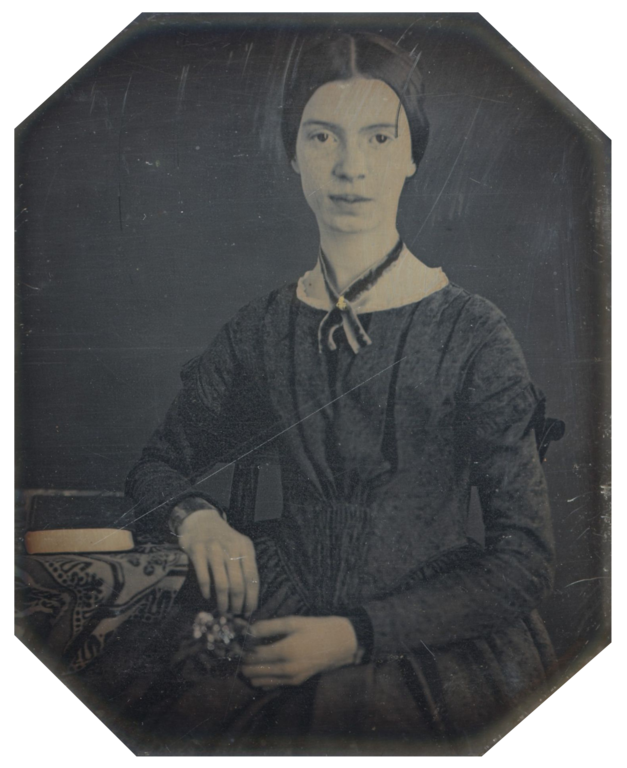






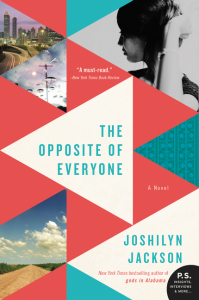
 About Joshilyn Jackson
About Joshilyn Jackson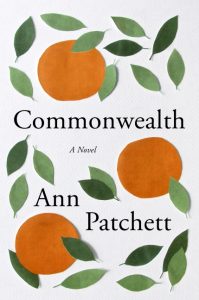
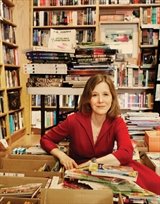

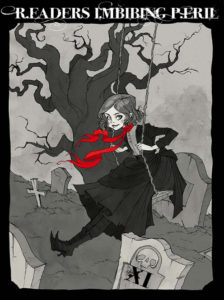
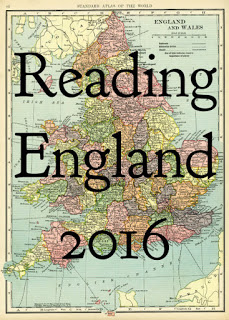
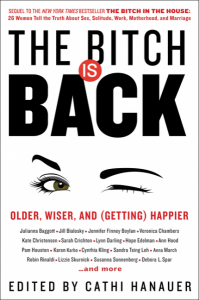
 About Cathi Hanauer
About Cathi Hanauer